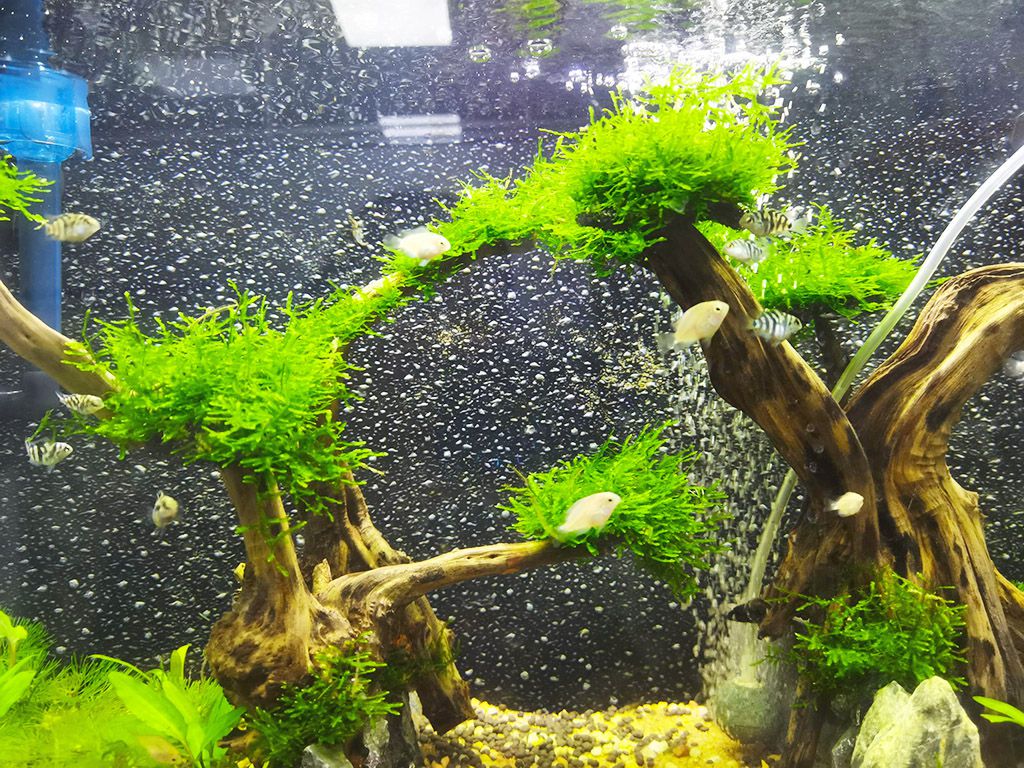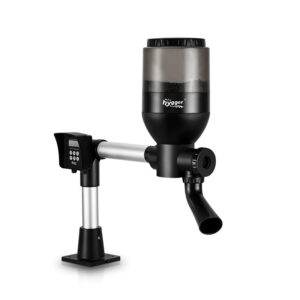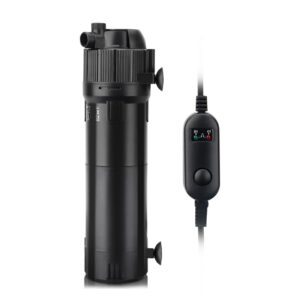What to Feed to Your Fish?
In the aquarium, we cannot provide a lot of aquatic plants for fish to eat, and we are unwilling to feed live fish to our carnivorous fish, so we feed them pre-prepared food.
Food is usually made into dry flakes, which provide fish with all the vitamins, minerals, and energy. The standard tropical fish feed flake is suitable for all fish, especially omnivorous fish, but if your fish is more herbivorous or carnivorous, then you have to prepare special dry bait for the fish, such as algae flakes for herbivorous fish, or meat sticks for carnivorous fish.
Dry food flakes, meat sticks, algae flakes, pellet food, and tablet food are all staple foods we prepare for fish, and fish can eat these foods to survive, grow and reproduce.
Try to prepare dry staple food for your fish. Because this dry food is nutritionally fortified, that is, a small package can provide sufficient nutrients, even more, nutritious than most natural foods eaten by fish in the wild. This means that even if you use a feeder to feed dry food two or three times a day, it can still meet the needs of the fish.

How Often Should We Feed the Fish?
Once we have determined the feeding habits of the fish, we can choose the right food for them and determine the frequency of feeding.
Remember, carnivorous fish do not eat much in the wild, so this habit can also be simulated in the aquarium environment. Large carnivorous fish, such as Oscar, only need to be fed with dry feed every other day. If fed frozen bait, such as frozen shellfish or fish, they can have enough at one time, so feed 1–2 times per week is enough.
Overfeeding carnivorous fish with protein-rich foods can make them fatter, put their internal organs in a dangerous state, and shorten the fish’s lifespan. If your fish is begging you for food every hour, every day, don’t give in to your smart fish. They may grow very fast in a short time, but in the long run, they may shorten their lifespan, and this also increases the pressure on your filter, because protein-rich foods will be converted into a lot of ammonia.
Even plant-based dry feed is more nutritious than fish in the natural environment, and it is appropriate to feed it two or three times a day. If you feed the fish with tablet feed or algae flakes, both types of food contain a large amount of food that the fish can digest for a long time. The purpose is to keep the fish nibbling for the rest of the day.
Check if you have fed the correct amount of food and put enough algae discs in so that the herbivorous fish will continue to eat for the rest of the day. If you eat up within 1 hour, feed more; if there is still some feed left at the bottom of the aquarium the next day, then you have fed too much.
All tropical fish, omnivorous fish, can eat 1 to 3 meals a day of standard tropical fish food. Feed the amount of feed as much as possible so that the fish can eat within 5 minutes. If there is any food remaining at the bottom of the aquarium after 10 minutes, it means that you have fed too much.
Use a net or siphon to remove the remaining bait to avoid pollution of the water. The best way to feed omnivorous fish is to eat small and frequent meals. In addition, remember that small fish like traffic lights have a faster metabolism than large fish, so regardless of the nature of the feed, they should be fed more frequently.



Leave a comment